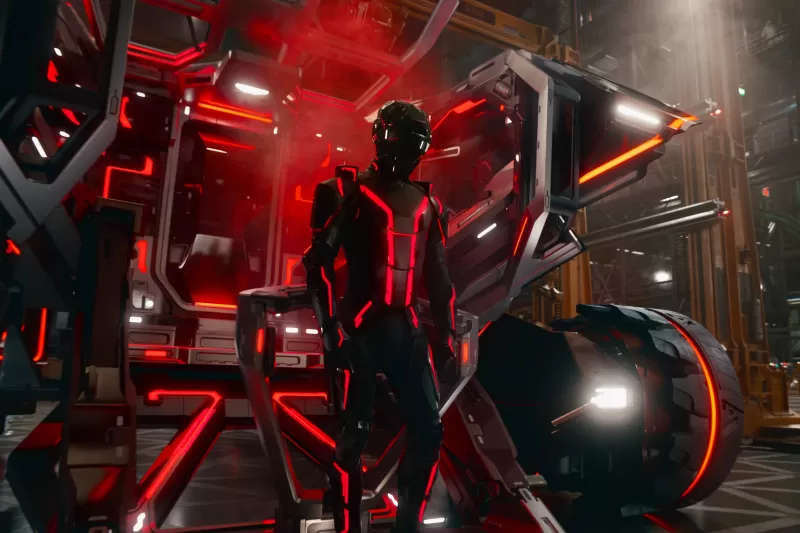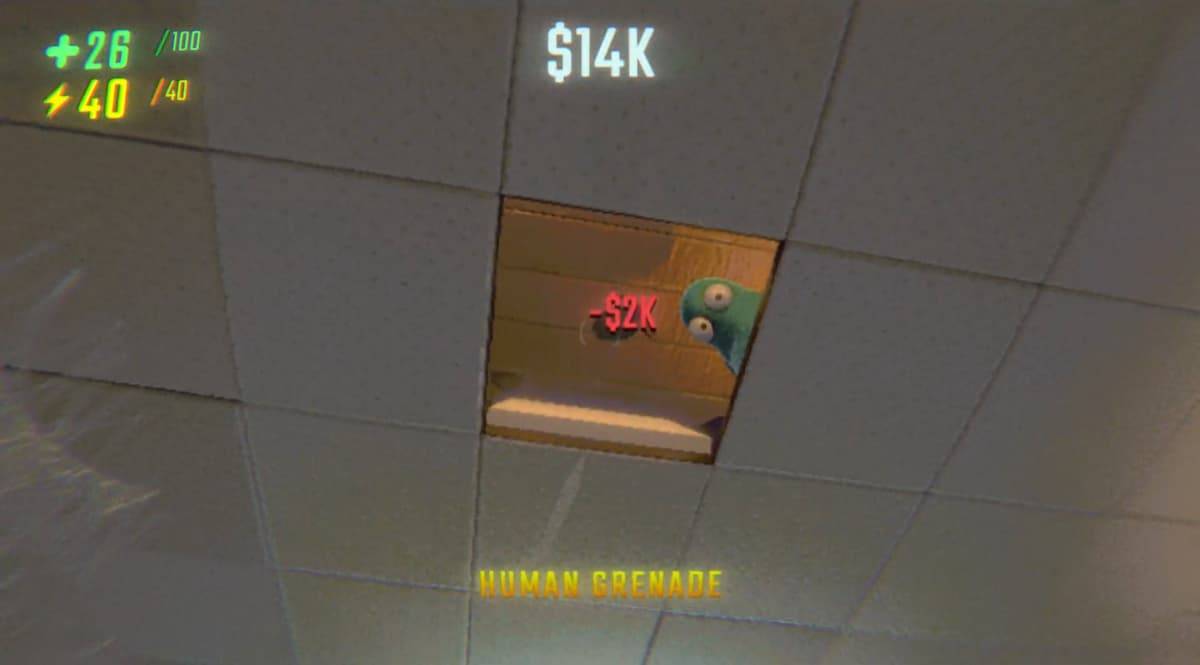Every few years, Nvidia releases a groundbreaking graphics card that ushers PC gaming into a new era. The Nvidia GeForce RTX 5090 epitomizes this tradition, yet its approach to delivering next-generation performance is unconventional. In many games, the performance improvement over the RTX 4090 isn't as significant as one might anticipate—unless you factor in the next generation of Nvidia's DLSS technology for both upscaling and frame generation. With these advancements, the RTX 5090 offers leaps in both image quality and performance that surpass typical generational upgrades.
The extent to which the Nvidia RTX 5090 enhances your gaming experience depends largely on your gaming habits, the resolution at which you play, and your comfort level with AI-generated frames. For those not using a 4K monitor with a 240Hz refresh rate, the upgrade might not seem worthwhile. However, if you're equipped with a high-end display, the AI-generated frames can provide a glimpse into the future of gaming.
Nvidia GeForce RTX 5090 – Photos
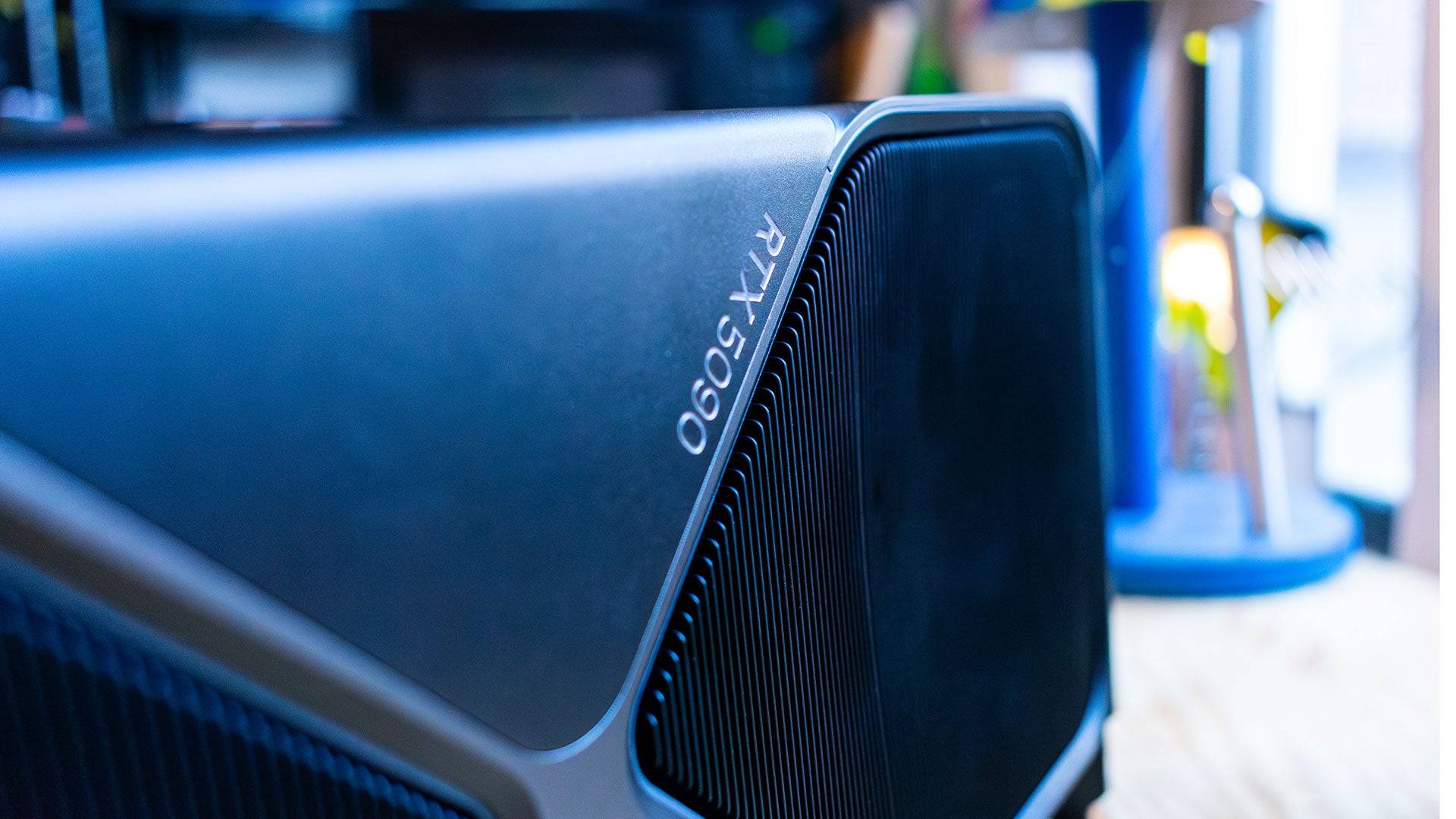
 5 Images
5 Images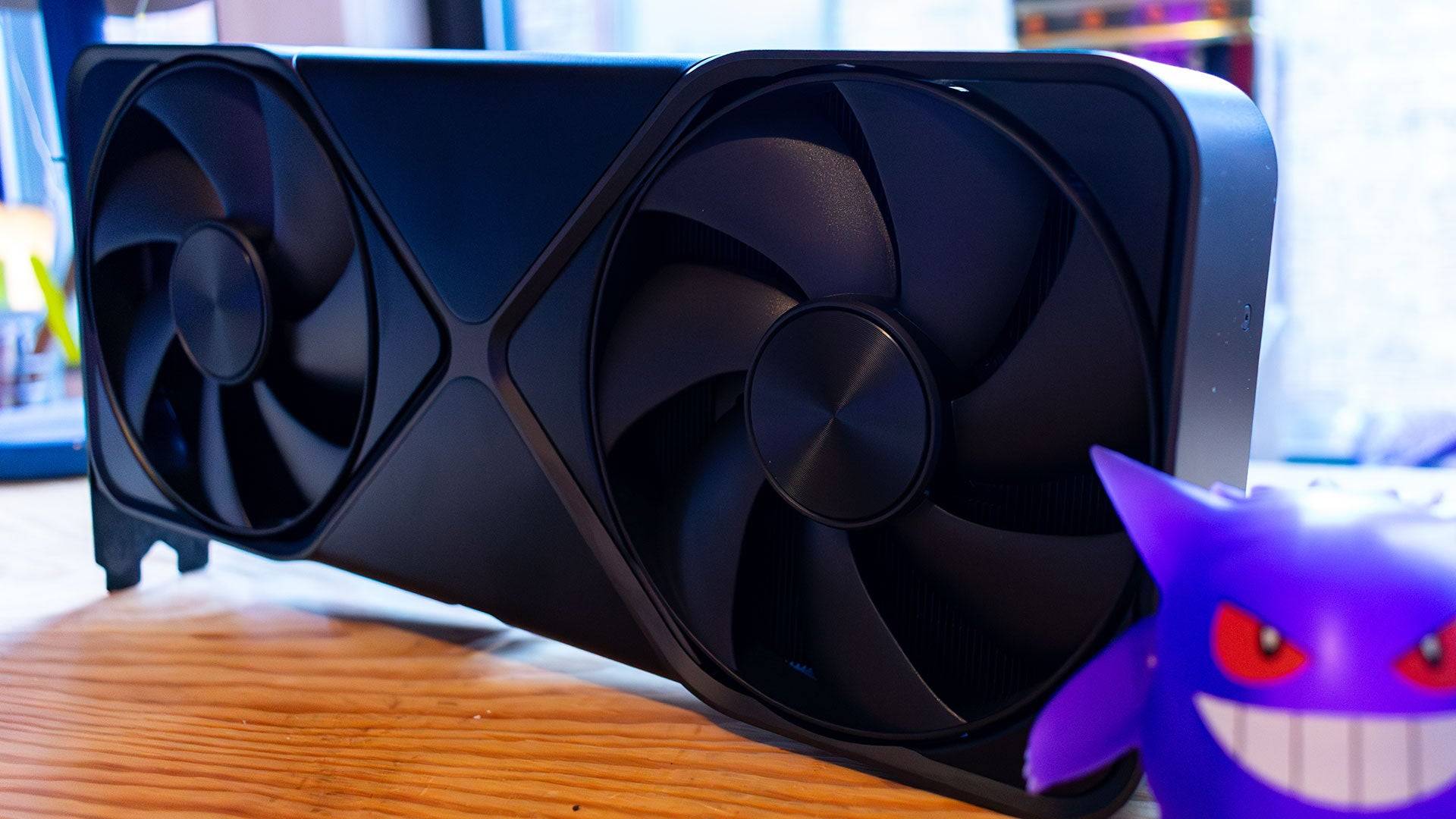


RTX 5090 – Specs and Features
The Nvidia GeForce RTX 5090 is built on the Blackwell architecture, which also powers high-end data centers and supercomputers involved in AI model development. This gives a hint of the RTX 5090's prowess in AI applications, but Nvidia has not overlooked the traditional gaming aspects of the card.
With the RTX 5090, Nvidia has managed to increase the number of Streaming Multiprocessors (SMs) within the same Graphics Processing Clusters (GPCs), resulting in more CUDA cores—21,760 compared to the RTX 4090's 16,384. This 32% increase in shader cores significantly boosts raw gaming performance.
Each SM includes four Tensor Cores and one RT Core, maintaining the same configuration as its predecessor. This results in 680 Tensor Cores and 170 RT Cores, up from 512 and 128, respectively, in the RTX 4090. The 5th-generation Tensor Cores enhance AI performance with support for FP4 operations, reducing VRAM dependency for AI workloads.

The RTX 5090 is equipped with 32GB of GDDR7 VRAM, a step up from the GDDR6X in the RTX 4090, promising better speed and power efficiency. However, the card's power consumption is substantial at 575W, a significant increase from the RTX 4090's 450W, indicating that power efficiency wasn't Nvidia's primary focus.
The new Tensor Cores have prompted Nvidia to shift the DLSS algorithm to a Transformer Neural Network (TNN), moving away from the Convolutional Neural Network (CNN). While this change doesn't directly boost frame rates, Nvidia claims it enhances image quality and reduces issues like ghosting and artifacts.
Nvidia has also introduced Multi-Frame Generation, an advanced version of the Frame Gen technology from the RTX 4090. This feature generates multiple frames from each rendered image, dramatically improving frame rates, but is recommended only when a decent baseline frame rate is already achieved.
Purchasing Guide
The Nvidia GeForce RTX 5090 becomes available on January 30, starting at $1,999 for the Founders Edition. Be aware that third-party versions may be priced significantly higher.
The Founders Edition
The RTX 5090 requires 575W of power, a substantial increase from the RTX 4090's 450W. This necessitates advanced cooling solutions. Surprisingly, Nvidia has managed to fit this power-hungry card into a dual-slot chassis with a dual-fan configuration, keeping temperatures manageable at around 86°C during peak performance.

The RTX 5090's design includes a compact PCB centered within the card, flanked by two fans that efficiently expel heat through the top of the card. The aesthetic follows Nvidia's recent design language, featuring a silver 'X' on a gunmetal-gray chassis with black heatsinks and a white LED 'GeForce RTX' logo.

The card uses a new 12V-2x6 power connector, slightly different from the previous generation's 12VHPWR. Nvidia includes an adapter in the box that converts four 8-pin PCIe power connectors to meet the 575W requirement. The angled power connector on the card itself makes it easier to connect and appears more secure.
The compact design allows the RTX 5090 to fit into smaller PC cases, unlike its predecessors. However, third-party models from manufacturers like Asus and MSI might be larger.
DLSS 4: Fake Frames?
Nvidia boasted an 8x performance boost with the RTX 5090, though the actual increase isn't quite that high. The true advantage lies in its ability to generate additional frames using DLSS 4's 'Multi-Frame Generation', an evolution of the technology introduced with DLSS 3 and the RTX 4090.
The RTX 5090 includes a new AI Management Processor (AMP) core that efficiently assigns tasks across the GPU, traditionally managed by the CPU. This, combined with the 5th-generation Tensor Cores, allows for a new frame generation model that's 40% faster and requires 30% less memory than before. This model can create up to 3 AI frames per rendered frame without significantly increasing latency, thanks to the AMP's Flip Metering algorithm.
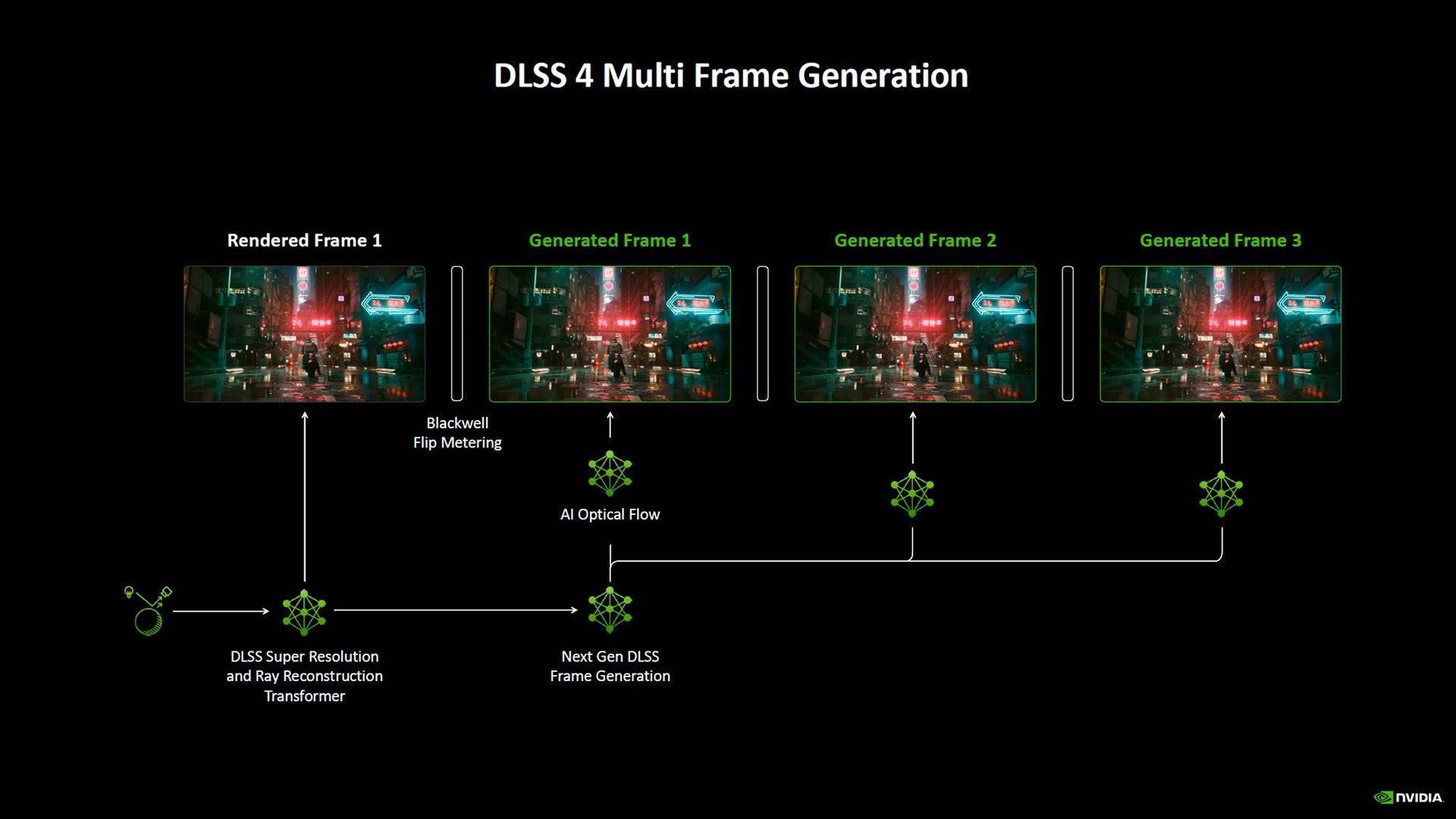
However, this feature is most beneficial when paired with a high-refresh, high-resolution display and a baseline frame rate of at least 60 fps. DLSS 4 will be supported in 75 games at the RTX 5090's launch, but its performance may vary across titles.
Testing in Cyberpunk 2077 and Star Wars Outlaws showed impressive results, with the RTX 5090 achieving frame rates up to 286 fps and 300 fps, respectively, at 4K with DLSS 4 enabled. While some might dismiss these as 'fake frames', they offer a tangible benefit for gamers with top-tier displays.
RTX 5090 – Performance
The RTX 5090 delivers a significant generational performance improvement over the RTX 4090 in benchmarks like 3DMark, with up to a 42% increase in scores. However, real-world gaming performance shows more variability, often limited by CPU bottlenecks even at 4K.
In games like Call of Duty Black Ops 6 and Cyberpunk 2077, the RTX 5090 only provides a 10% performance increase over the RTX 4090, which is less than expected for a next-generation card. In Metro Exodus: Enhanced Edition, the RTX 5090 achieves a 25% improvement, while in Red Dead Redemption 2, the uplift is a mere 6%.
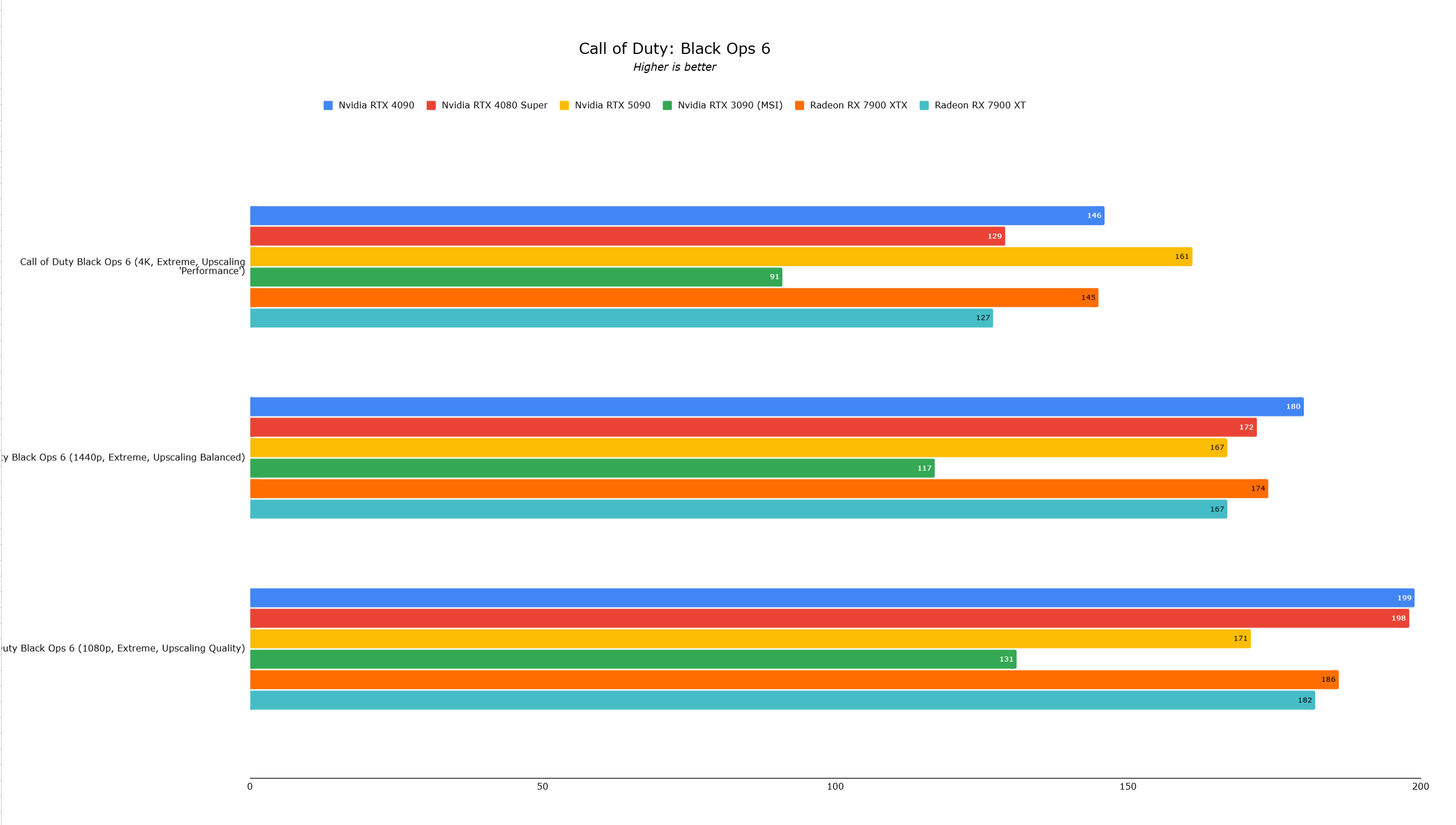
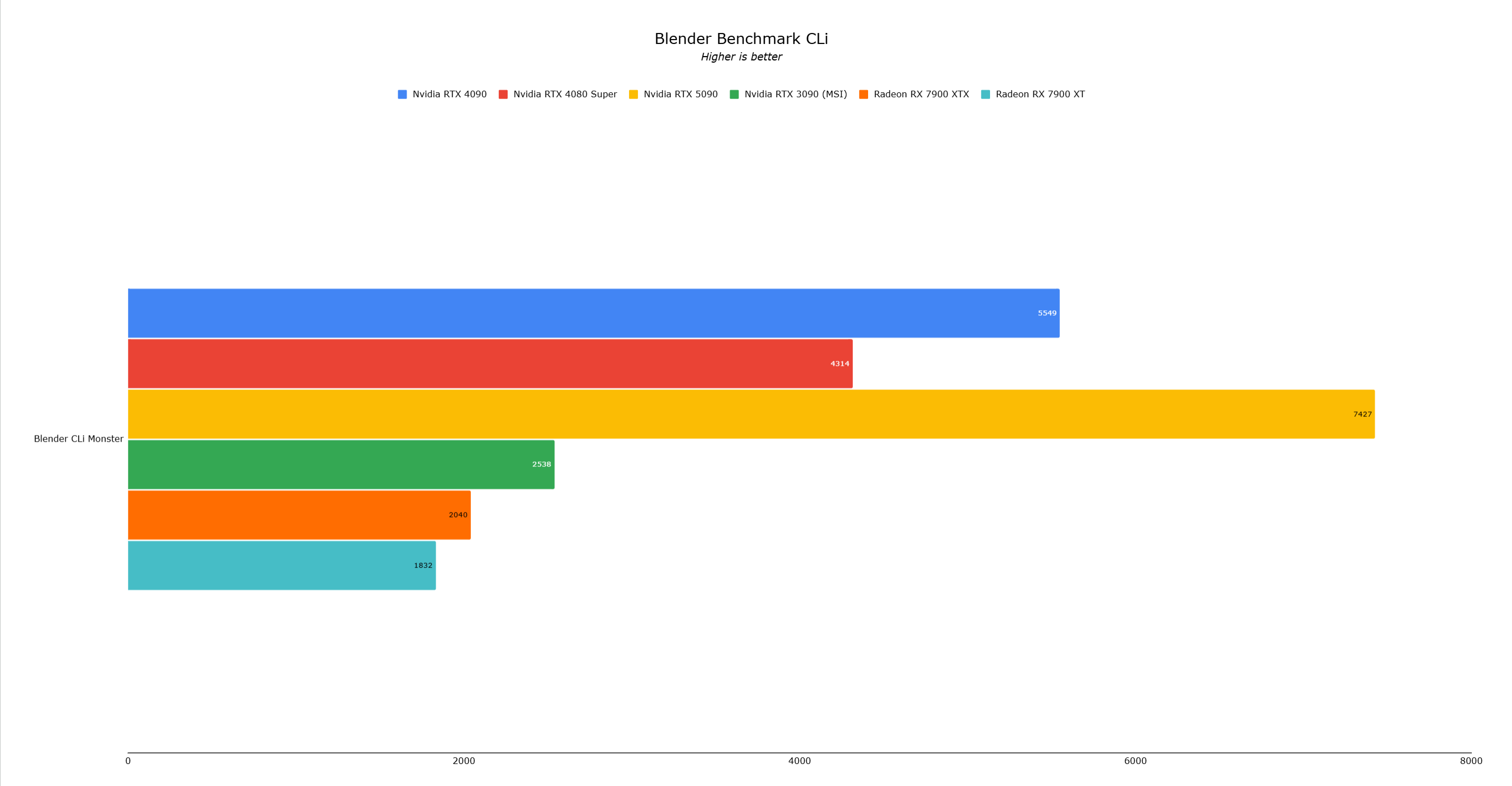 14 Images
14 Images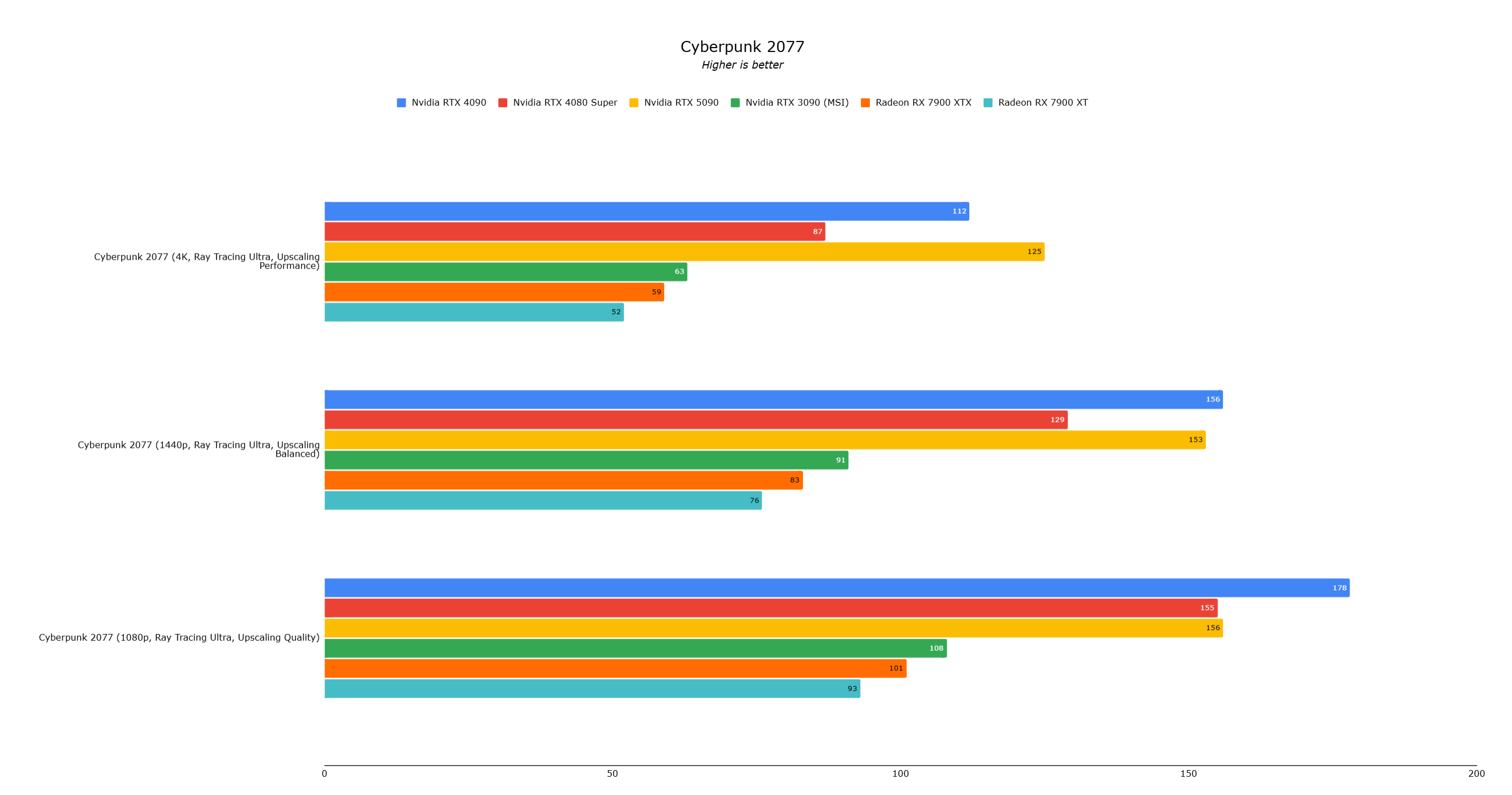
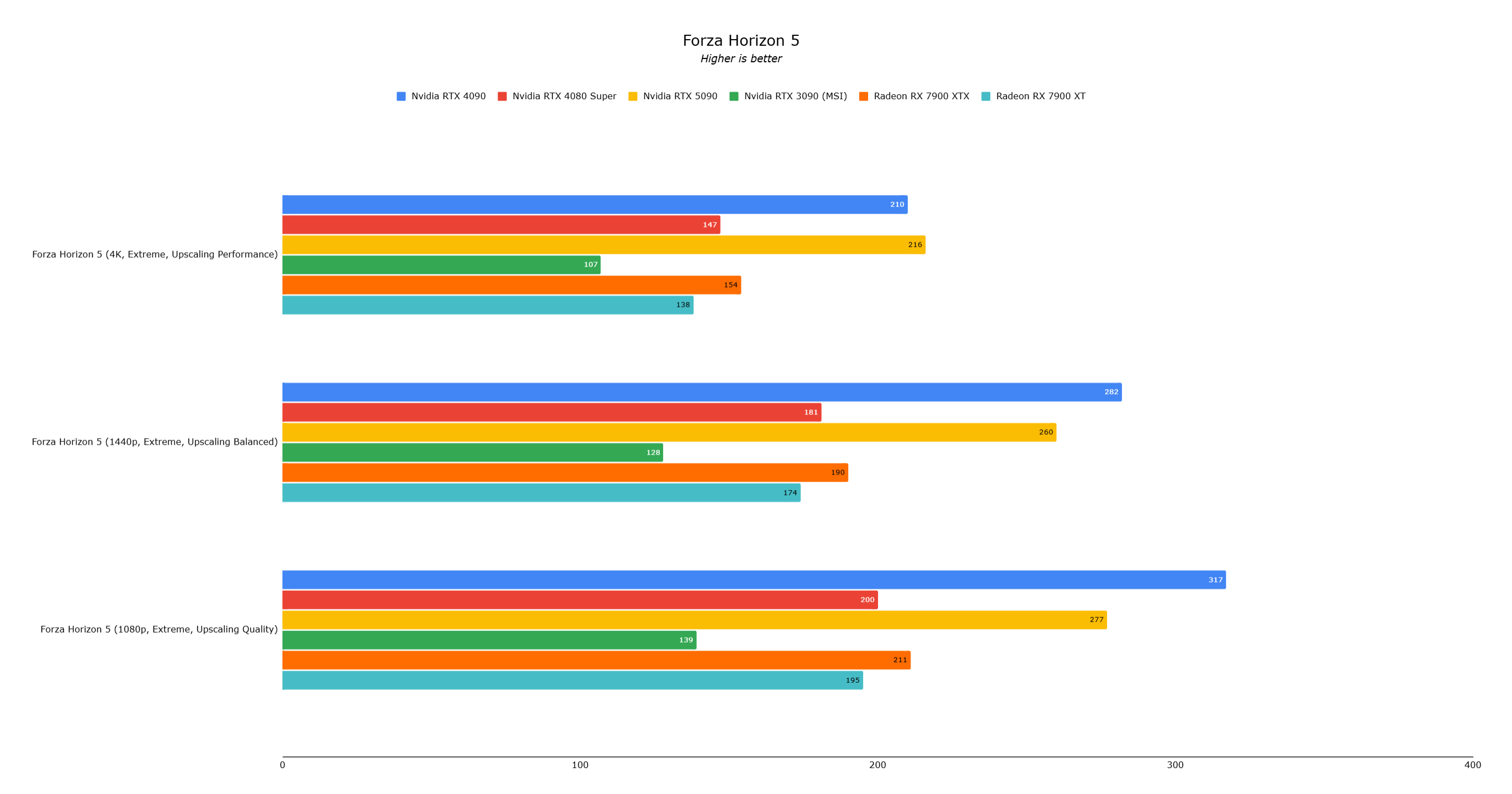
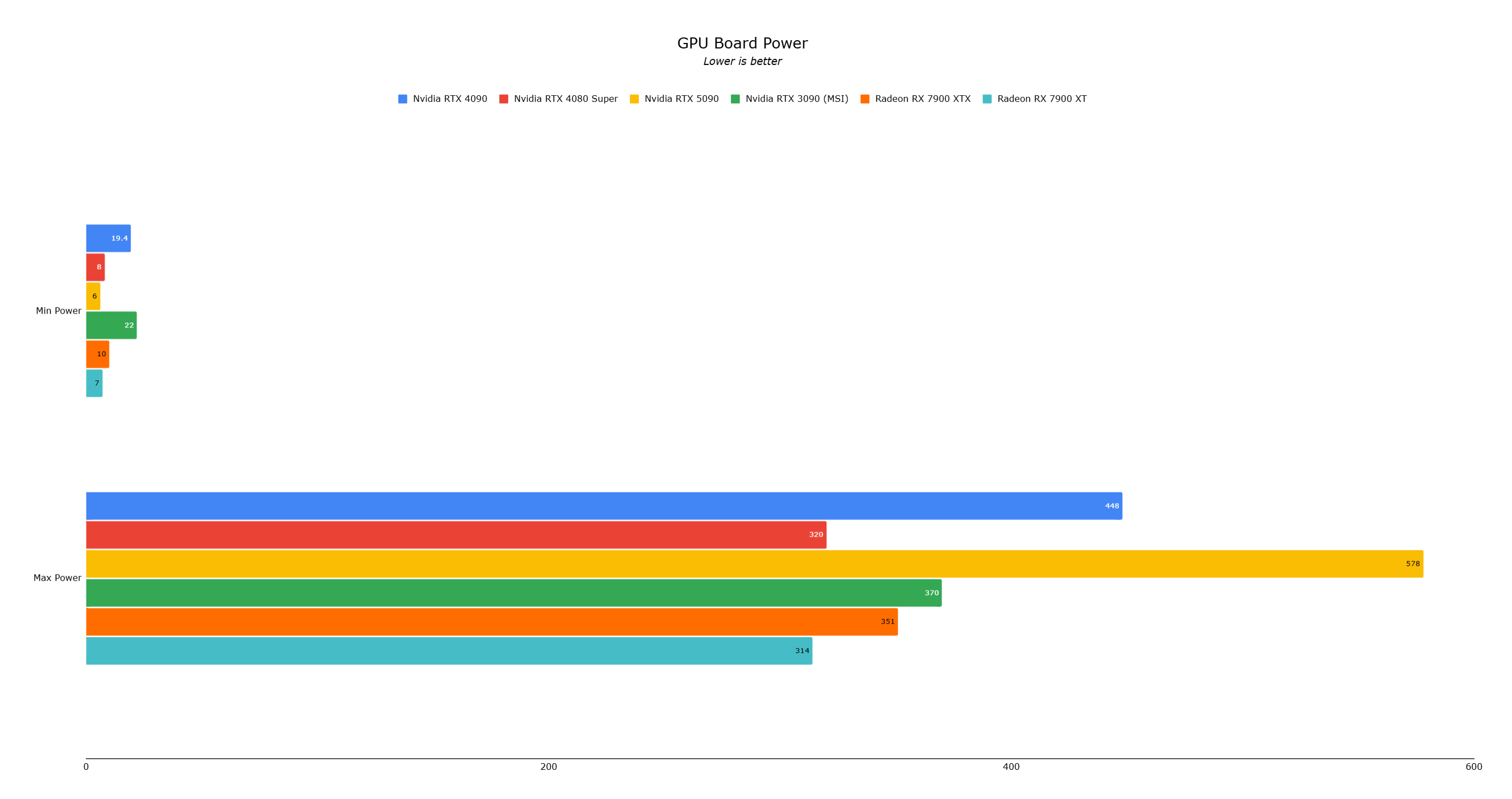
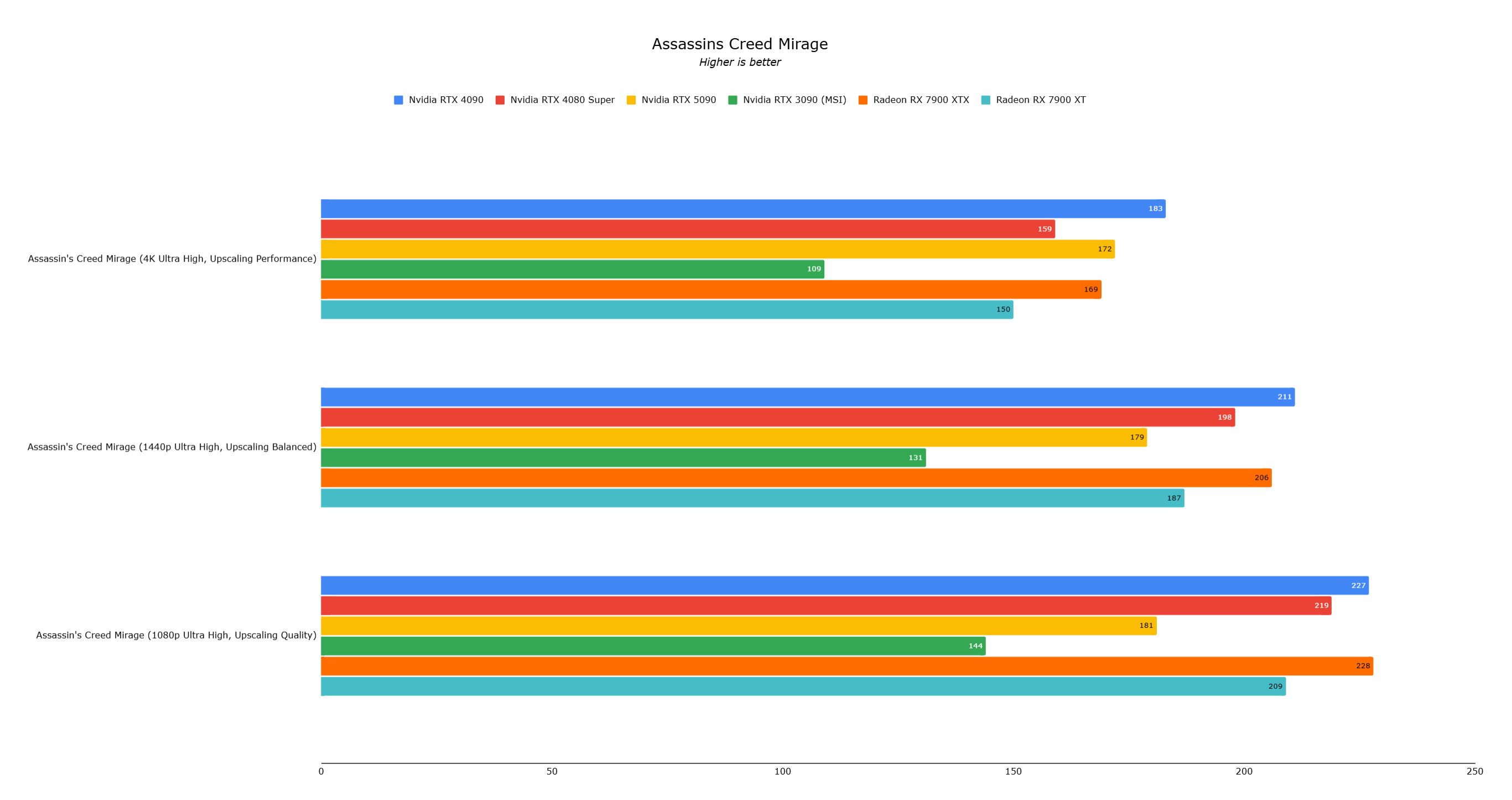
Total War: Warhammer 3 showcases a 35% performance boost, demonstrating the RTX 5090's potential in raw rasterization performance. However, Assassin's Creed Mirage exhibited unexpected issues, possibly due to driver bugs, resulting in lower and inconsistent performance.
Black Myth: Wukong and Forza Horizon 5 further illustrate the RTX 5090's capabilities, with a 20% increase over the RTX 4090 in the former and marginal improvements in the latter due to CPU bottlenecks.
Nvidia's assertion that Moore's Law is slowing down may hold some truth, as the RTX 5090's performance gains in many games are not as revolutionary as those seen between the RTX 3090 and RTX 4090. Nevertheless, the RTX 5090 remains the fastest consumer graphics card available, though its full potential may not be realized in current games.
The RTX 5090's true value lies in its AI-powered features, particularly DLSS 4. For gamers willing to invest $1,999 in cutting-edge technology, the RTX 5090 offers a glimpse into the future of AI-driven gaming. For others, the RTX 4090 will likely suffice for the foreseeable future.






